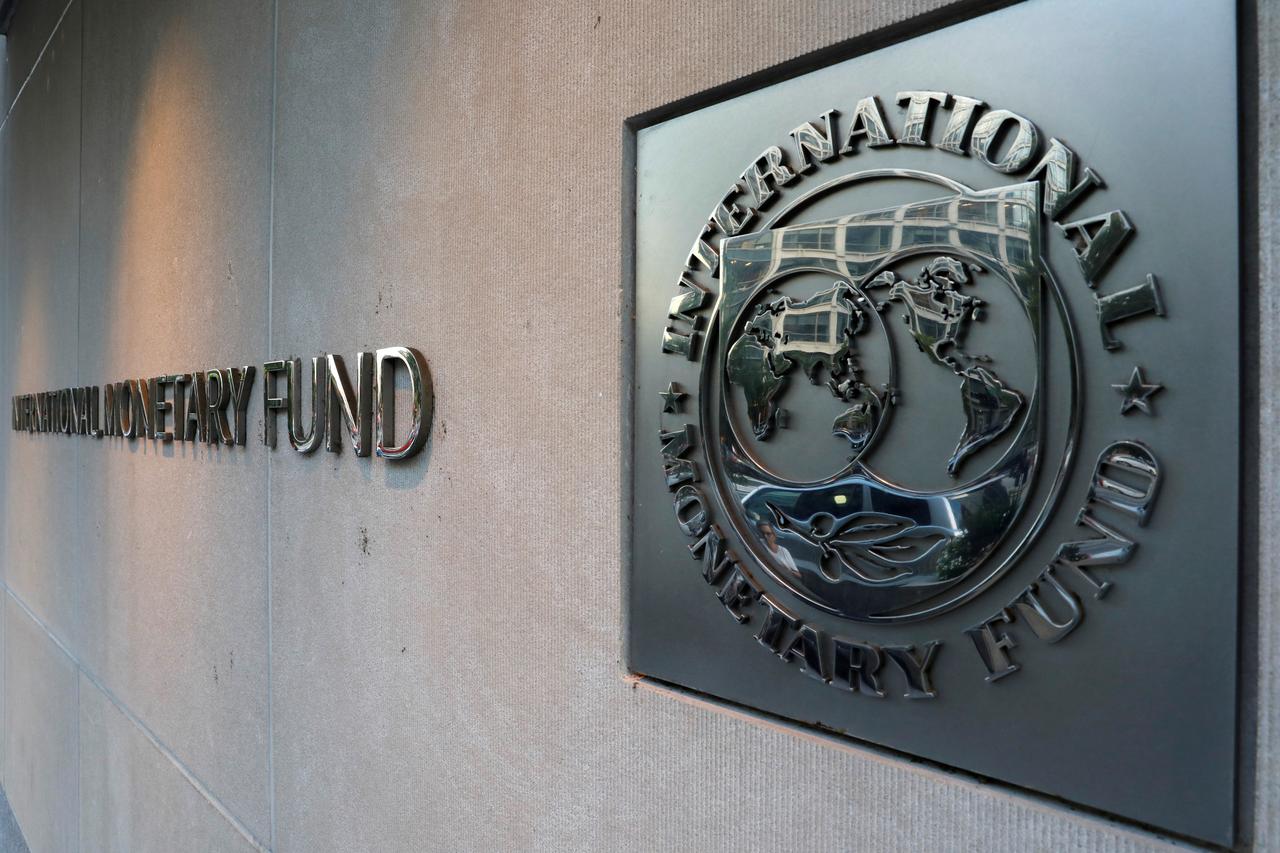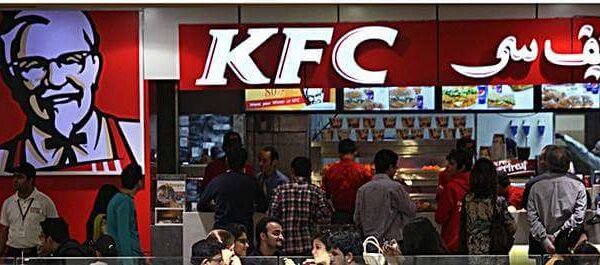The International Monetary Fund (IMF) has urged Pakistan to impose a significant levy on gas supply to industrial captive power plants (CPPs) to eliminate cost disparities between grid electricity and in-house power generation.
Under the $7 billion Extended Fund Facility (EFF) agreement signed last September, Pakistan is required to disconnect gas supply to CPPs by January 2025 to qualify for the second $1 billion tranche in March. The first biannual review is scheduled for February’s second half.
The structural benchmark, signed by Finance Minister Muhammad Aurangzeb and State Bank Governor Jameel Ahmad, states: “We will end captive power usage by end-January 2025.”
Despite lobbying by influential industrial groups and gas utilities like Sui Northern Gas Pipelines Limited, the IMF remains firm on its demand. The petroleum division argued that disconnecting CPPs would create surplus LNG, leading to financial losses across the supply chain. Officials estimate an annual surplus of 50 LNG cargoes.
The IMF suggested imposing an additional levy of Rs1,700-1,800 per mmBtu on CPPs, raising costs to Rs5,000 per mmBtu from the current Rs2,800-3,200. Industrial consumers have rejected this, threatening to shift to alternative fuels like coal or even old tyres.
The Ministry of Finance confirmed that no changes have been made to the benchmark. The IMF insists CPPs either transition to grid electricity or pay equivalent costs to eliminate economic distortions.
Petroleum Minister Musadik Malik criticized the caretaker government for agreeing to terminate gas supplies to CPPs, citing adverse national and economic impacts. Meanwhile, gas companies warn that disconnecting CPPs could lead to annual losses exceeding Rs400 billion, impacting Pakistan State Oil (PSO) and gas utilities SNGPL and SSGCL.
The power sector’s financial stabilization has inadvertently shifted liabilities to the gas sector, worsening its financial outlook. PSO, bound by a sovereign LNG agreement with Qatar, struggles with payments due to declining throughput.










